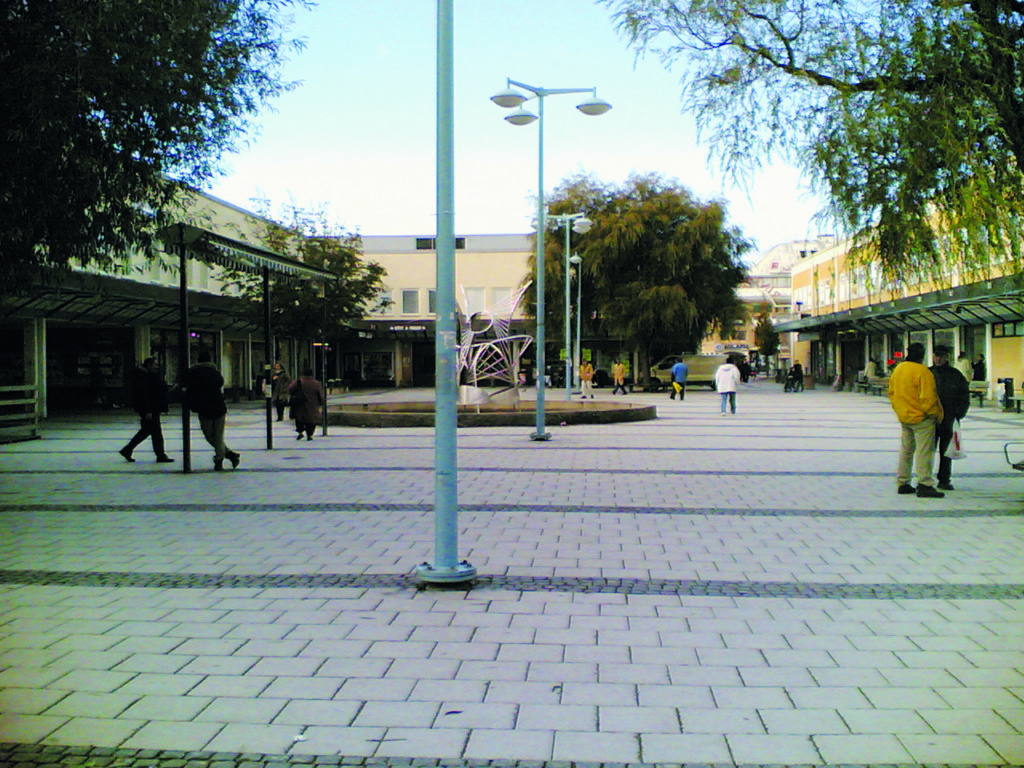Published in 2/2017 - schools, female architects
Feminism as an Instrument
In the 2010s feminism is not merely an issue of women’s movement but rather seeks a broader understanding of identities. Instead of generalisation, the starting point for planning is the spectrum of real communities and individuals.
In architecture, feminism has long existed mainly as a sub-area of architectural theory in books and conference papers. At the same time, in the dialogue between the academic world and real-life ideas have emerged about what feminist architectural practice could entail. In practical design work, feminism is an evolving instrument that makes it possible to see the invisible and do things differently, thus leading to the adoption of alternative and radically new ways of doing architecture. The feminist way of doing architecture is a mesh that is growing from new kinds of thoughts, suggestions, means and efforts.
The architect’s profession has been shaped for centuries in a patriarchal society. Feminist architectural practice has evolved from the critical examination of the profession. Early organised feminist architect groups, such as the Matrix Feminist Design Co-operative and the Women’s Design Service who were active in the 1980s in London, were born as alternatives against the masculinity of the profession and highlighted the benefit of the female viewpoint in design and in the evaluation of user needs. Feminist practice draws from general feminist theory and research in the arts and architecture. A particular object of study is the commonplace use of space occurring outside the traditional field of architecture. What happens in the domestic sphere and what are different people’s experiences of urban environments?
Feminism questions generalisation as the basis for design.

The critique of power
Erika Fagerberg and Marina Ziakouli have in their diploma thesis at KTH in Stockholm examined the potential of feminism in the design of urban spaces. They have studied how, by using feminist design tools, one could succeed in developing the central square of the reputed problem suburb of Rinkeby in Stockholm. The starting point of the project was the experience of women in the own city district. Fagerberg and Ziakouli found that in order to enable an open dialogue and the participation of local residents in the development of the area, they had to distance themselves from the power they possessed as designers. The result was a four-point plan, which proposed an increase in the visible and invisible presence of women in the urban space.
Feminism is an instrument in the critique of power, which reveals both the position of power and exercise of power inherent in designership. According to feminist theoretician Donna Haraway, an omniscient objective observer cannot exist, even in theory. Architects who follow feminist principles in their work are aware of their privileged position as designers, and put themselves in a position where they look and listen together with the community for whom they are designing. Just as in participatory planning practices, feminist designers take advantage of their expertise primarily as facilitators and mediators. The experiences and needs of the individuals and communities involved are not disregarded.
Feminism also questions generalisation as the basis for design. If the target group for the planning is an imagined average user, then one will become blind to the spectrum of real communities and individuals. In Malmö, Sweden, city planners found that only one-fifth of the users of public outdoor recreational areas were girls or women. Therefore, a group of local teenage girls were hired in the design work of the outdoor area for young people. Their task was to consider how the area could become well functioning and pleasant also for girls. The plan included, among other things, a picnic area and a performance stage.
Feminism produces alternative and more equal realities.

Studying otherness
An essential characteristic of feminist thinking is the understanding of otherness. Communities and societies define those they consider outside the “we” as the “other”. At various times and in different places, “others” have been, for example, women, the disabled or immigrants. Identifying and dispelling the boundaries of otherness is one of the means of perceptive inclusiveness. In the design process, understanding otherness requires instruments that are equally other and different. The feminist way of doing architecture may thus radically differ from how it is traditionally perceived. Forms of feminist architectural practice can be, for example, the debate, performance, event or kitchen. The London-based architectural firm muf was in 2004 invited to participate in an architectural exhibition, but instead of presenting the achievements of their office the architects spent several days drawing on the walls of the exhibition space a map that showed the privileged networks, stratification and local concentrations in London.
The feminist way of doing architecture is needed in a diversifying, fragmenting society. Feminism produces alternative and more equal realities. ↙
MARJA RAUTAHARJU (b. 1990), master´s student of architecture and art, Helsinki. Searches for ecologically and socially sustainable way to practice her profession in the era of environmental concerns.
REFERENCES
Doina Petrescu (ed.). Altering Practices: Feminist Politics and Poetics of Space. Routledge 2007.
Erika Fagerberg, Marina Ziakouli. Rinkeby – exploring feminist design tools. Master’s thesis, Kungliga Tekniska högskolan 2016.
Moa Björnson. ”Rosens röda matta – stadsplanering på tjejers villkor”. PLAN 5-6/2013.